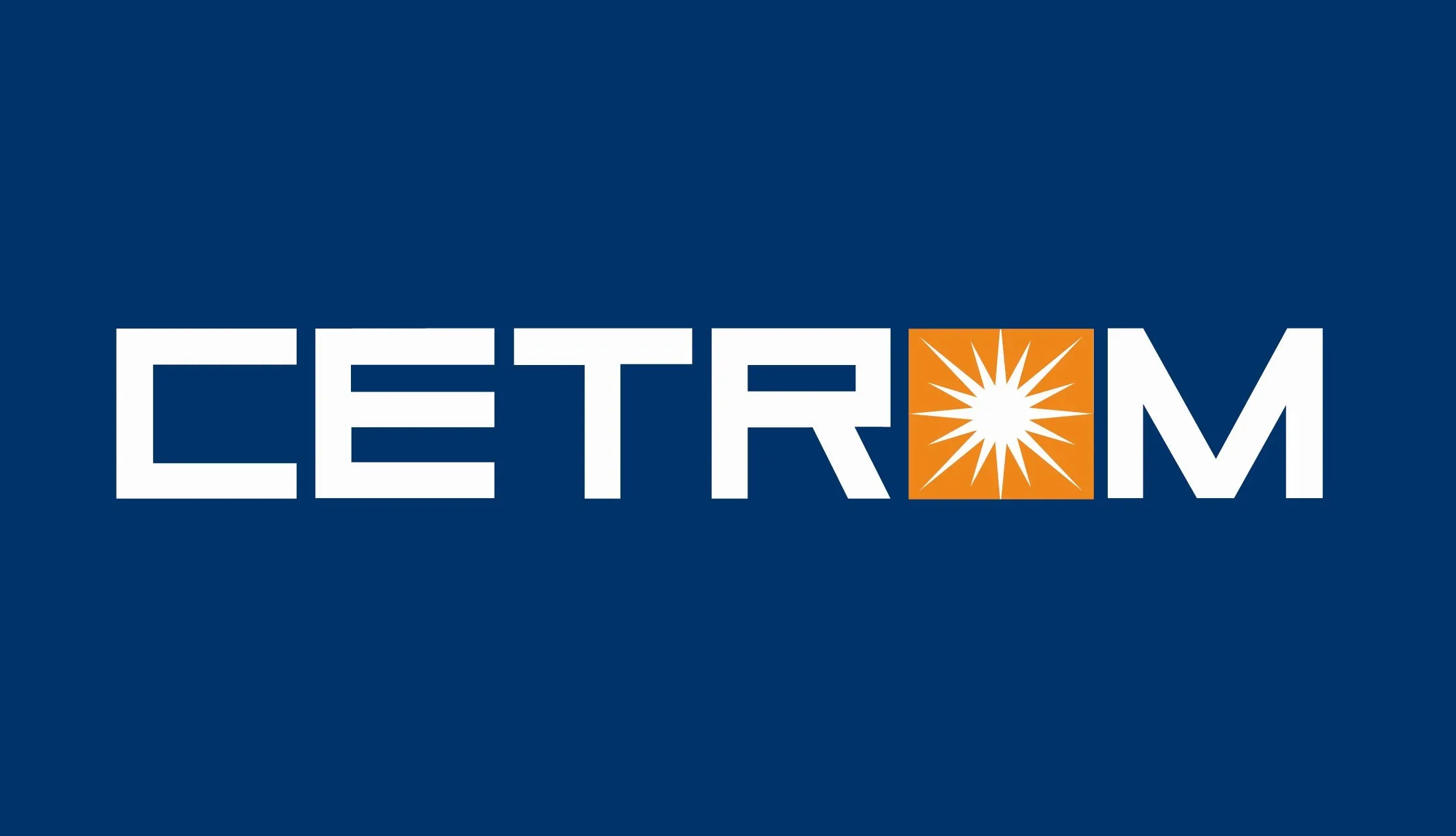The importance of a reliable accounting team has never been higher.
Your clients and colleagues are looking to you for added security during changing times. It’s not just paying the bills—it’s strategically looking at the numbers and analyzing cash flow to ensure that the business survives any unforeseen circumstances.
To succeed, today’s accounting leaders know that they need to streamline outsourced financial management with tools and technologies to maintain business as usual—even during turbulent times. Your role has expanded—you’re now the single source of truth for your client’s financials.
5 Ways Technology Elevates Accounting Services
Technology Streamlines Manual Operations
- With an increase in remote work, it’s time to reassess your processes and optimize your tech stack. In many cases, automation can handle labor-intensive workloads to free up time for more strategic initiatives.
Cloud-based, digital technologies allow teams to collaborate effectively from anywhere, at any time. Plus, they eliminate manual workflows along with standard data errors. In today’s climate, paper invoices and handwritten checks are unsustainable—you don’t want the business to be compromised in any way.
Digitizing data and workflows is an essential foundation for an efficient practice. Start with modernizing the areas of your operation that are the most manual and inefficient. By streamlining time-consuming administrative processes, you’ll save dozens of hours of work that you can then redeploy elsewhere for increased productivity.
- Technology Ensures Processes are Remote-Optimized
We’re all in the position where we need to do more with less. You may not be a stranger to remote work, but are your processes optimized for it?
The key is to set your practice up for success with 100% cloud-based technologies. This increases visibility and allows 24/7 access for your team. Our new norm is collaborative processes that don’t require physically being together.
Look for technologies that enable productivity—digital solutions that allow for remote management of all operations. If you’re not already, it’s critical to get up and running quickly and efficiently. Consider modern end-to-end technologies that are comprehensive, scalable, and adaptable with enterprise-grade financial controls.
- Technology Decreases Fraud & Increases Compliance Controls
With increased uncertainty comes increased fraud. It’s critical to provide peace of mind that the business is not being exposed to greater tax, regulatory, and audit risk. Manual workflows and approvals are inherently risky, especially when being performed away from a controlled office.
It’s time to safeguard against fraud loss and strengthen financial processes with added controls. Increase the security of sensitive financial data by ensuring ongoing compliance and improving oversight into crucial processes.
Technology allows you to institute proper controls and governance that enforce segregation of duties. Find a solution that automatically routes approvals based on transaction criteria—ensuring secure approval processes on the movement of cash. Be sure to partner with solution providers that actively screen and audit processes to minimize risk exposure and fraudulent payouts.
- Technology Expands Global Capabilities
The goal of any business is to consistently scale, which means global expansion is on the horizon—if you aren’t already there. For accounting, you might be feeling the strain of managing this increased workload. It might be in your best interest to streamline operations for multiple entities and business units.
For clients with complex corporate structures such as multiple global subsidiaries, divisions, and brands—all with different processes and workflows—the need for centralized control and a consolidated view is crucial.
Technologies with end-to-end capabilities provide a single platform to help finance departments scale compliantly. Plus, these extended capabilities allow a distributed organization across various geographies to function normally during unforeseen circumstances.
- Technology Improves Relationships
Now more than ever, it’s vital to maintain clear and concise communication. Your goal is to ensure that operations continue to thrive during tumultuous times.
Make an effort to digitally document anything that’s currently trapped on paper (like supplier invoices). Robust documentation keeps things running smoothly internally and preserves supplier relationships externally. Providing suppliers with proactive status updates and real-time visibility will significantly reduce time-consuming inquiries for both you and your clients.
With technology managing the supplier relationship, your time can be spent on reconciliation and strategic analysis. Plus, technology will provide real-time, accurate data that is vital information that directly impacts the business.
Empowering Finance in the Digital Age
Implementing a financial operations tech stack that is scalable for your clients can eliminate much of the friction you encounter and future-proof your practice for success.
During this time, take a step back and critically evaluate your current processes to ensure that you are successfully adapting to the new way of working.
========
Sarah Dickens Spoja is the CFO at Tipalti, an accounting software financial technology business that provides consolidated accounts payable and remittance automation services for businesses needing to pay their global supplier.
Thanks for reading CPA Practice Advisor!
Subscribe Already registered? Log In
Need more information? Read the FAQs




